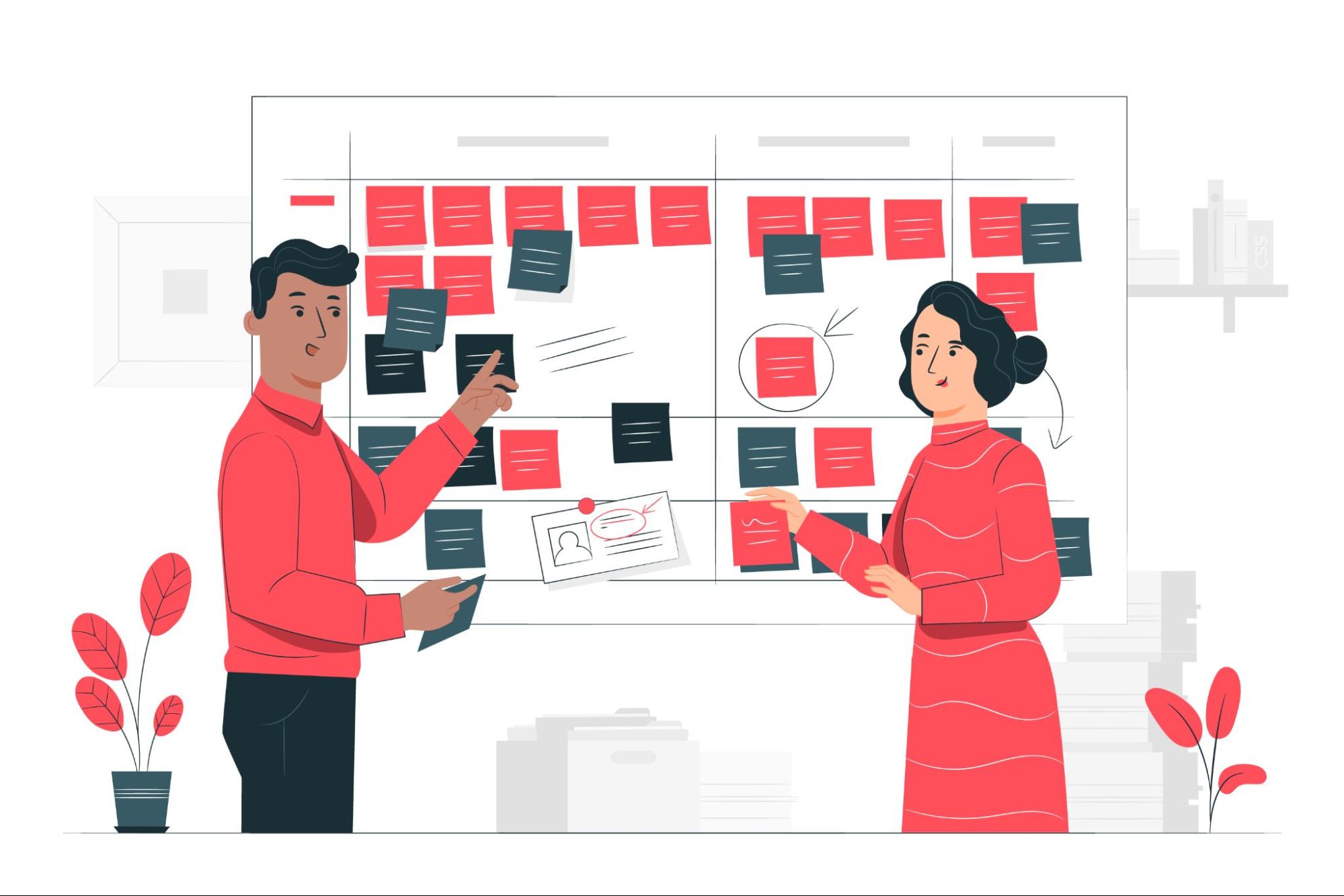Mastering Agile Project Management Amidst Change and Complexity
Explore strategies in agile project management to adeptly handle change and complexity, ensuring project adaptability and success.
Start Free Trial
Explore strategies in agile project management to adeptly handle change and complexity, ensuring project adaptability and success.
Start Free Trial
Change is the only constant in the world of business today. Companies face a relentless barrage of shifting priorities, evolving customer needs, and unexpected market forces. Organizations turn to Agile project management to stay competitive and adaptable, a dynamic approach that thrives in change and complexity.
Did you know companies using Agile methodologies complete projects faster and with better quality than their non-Agile counterparts? These impressive numbers underscore the power of Agile in today's fast-paced business landscape.

Traditional project management methods are like rigid blueprints, fine in a stable environment but prone to breaking in the face of change. Agile, on the other hand, is a fluid, iterative process designed to accommodate change. It's like navigating a winding river rather than following a predetermined path.
Agile encompasses various methodologies, including Scrum, Kanban, and Lean. Scrum divides work into time-bound sprints, while Kanban maintains a continuous flow of tasks. Lean focuses on reducing waste in processes. Each approach is adaptable, with its strengths catering to specific project needs.
Agile centers around the Agile Manifesto, prioritizing:
These guiding principles underscore the essence of Agile, highlighting the importance of people, effective collaboration, practical solutions, and adaptability as central drivers of success in Agile project management.

To effectively implement Agile methodologies, modern project management solutions play a crucial role. These tools offer real-time collaboration, task tracking, and data analytics, enabling teams to work seamlessly, even in distributed environments.
When selecting an Agile project management solution, consider scalability, ease of use, and integration capabilities. Tools like Jira, Trello, and Asana offer various features suitable for team sizes and project complexities.

In a world of constant change, embracing Agile Project Management is not merely an option but a necessity. Agile methodologies, supported by modern project management solutions, empower teams to thrive in complex, evolving environments. By focusing on individuals, collaboration, and adaptability, Agile enables organizations to navigate change confidently, delivering value faster and more effectively.
At Optimizory, we are driven by the conviction that addressing pivotal business challenges demands agility and efficient solutions. Just as Agile Project Management methodologies empower organizations to navigate change seamlessly, our mission at Optimizory is to identify and develop pragmatic, user-friendly products and processes that accelerate business problem-solving.
Optimizory is committed to helping businesses thrive in an ever-changing environment by embracing Agile principles and leveraging cutting-edge project management solutions. We invite you to explore our journey and discover how our solutions can complement the Agile approach to project management.

Record, Specify, Test and Mock your RESTful and Other Web APIs.